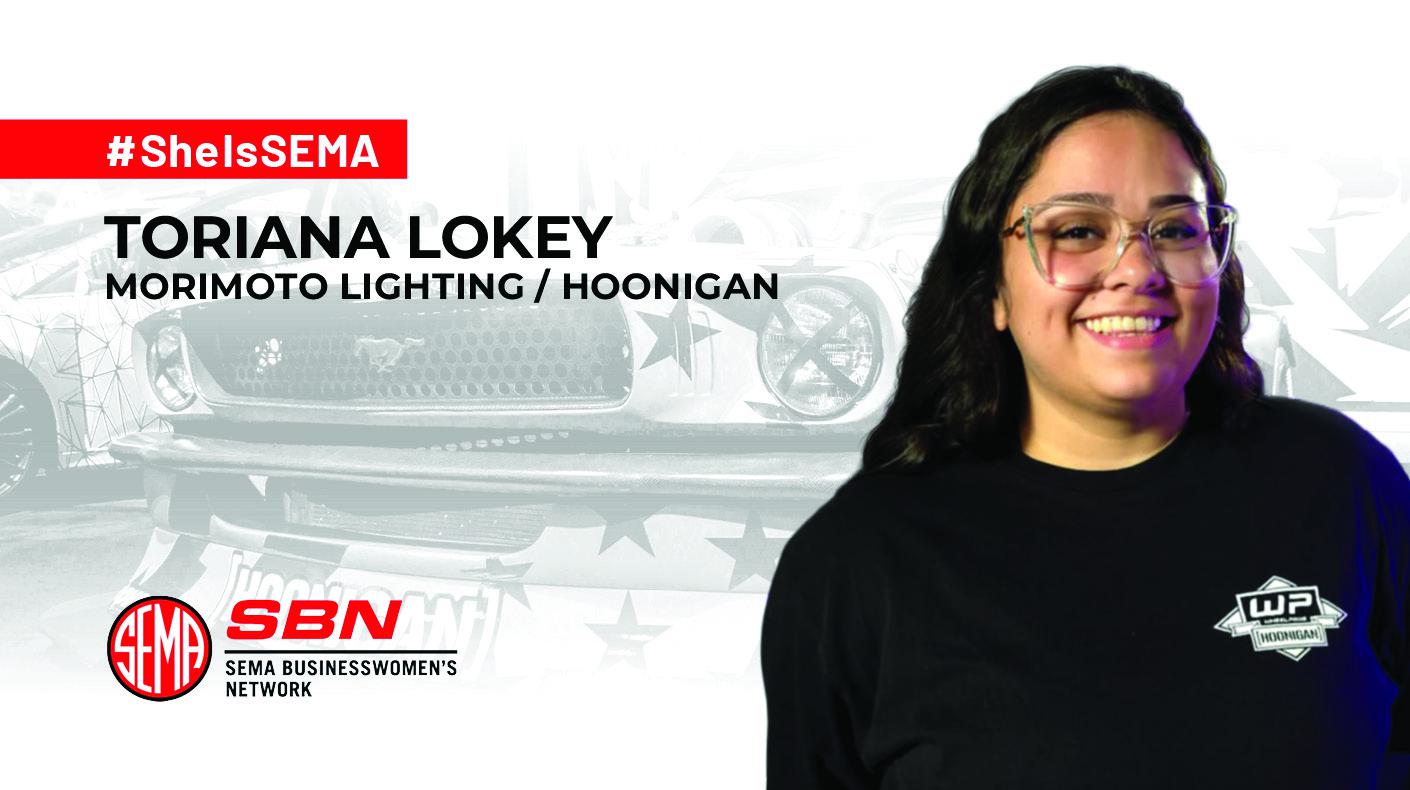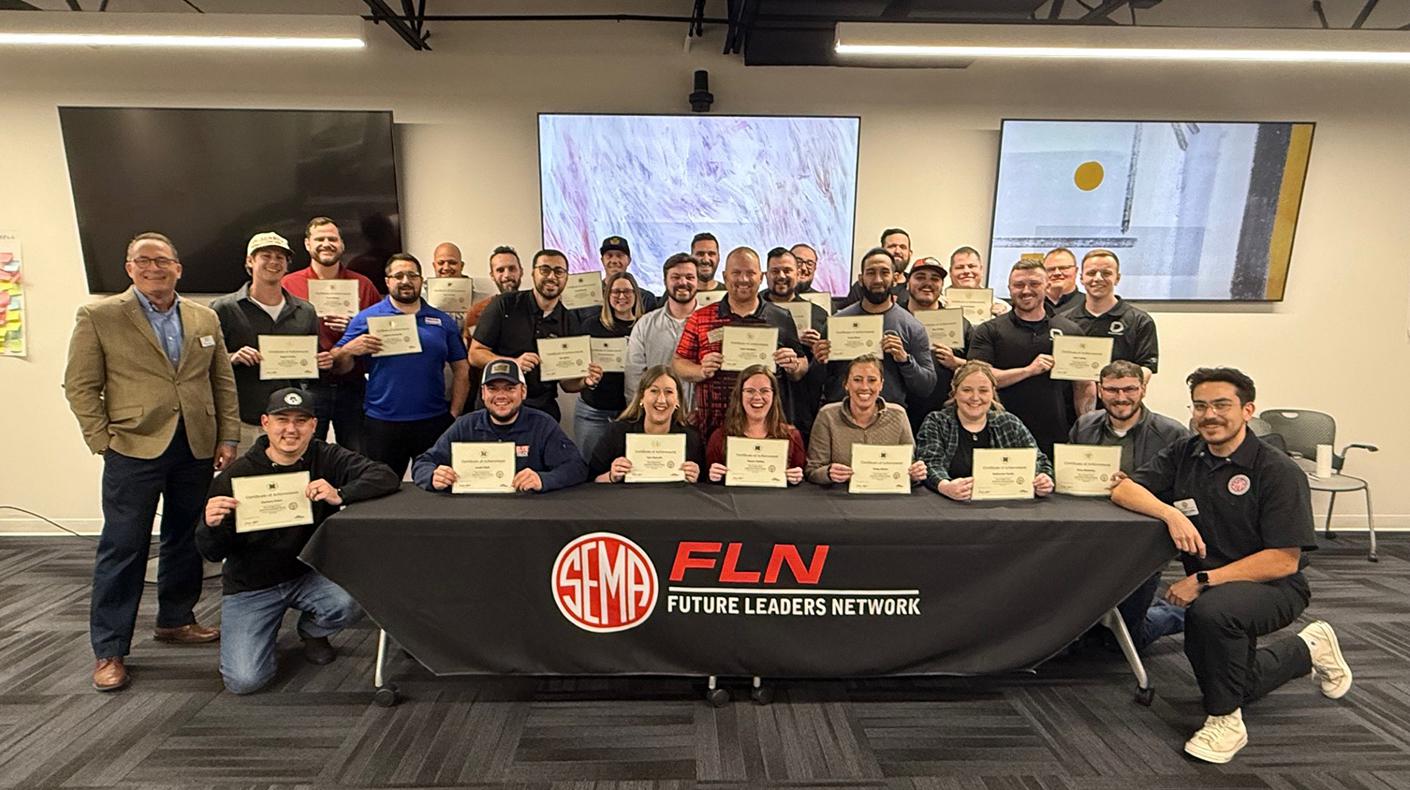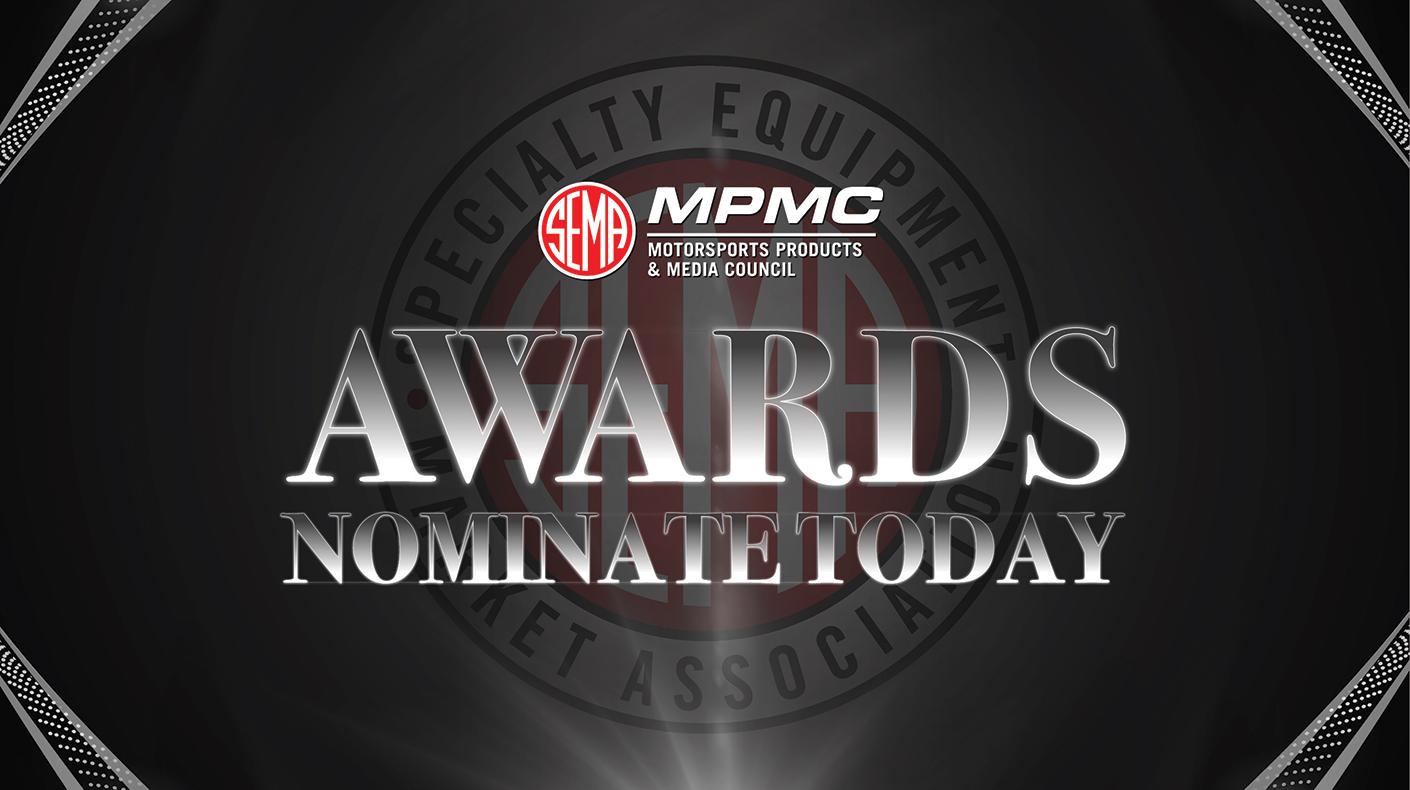SEMA News—August 2011
Solving the Diesel Compliance Puzzle
California’s “Products in Progress” Program Clears the Way for Diesel Performance Parts Emissions Compliance

SEMA recognizes that many of its members are striving to make and sell emissions-compliant diesel products, given the fact that California is not the only market where emissions-legal parts are required.
|
|
However, the situation became more critical when light- and medium-duty diesels were added to the California Bureau of Automotive Repair’s (BAR) smog-check program beginning January 1, 2010. Vehicles equipped with performance products for which EOs were required but not obtained would cause failures during the visual part of the inspection process.
Through the efforts of SEMA and some of its members, CARB initiated a “Products in Progress” (PIP) program in July 2010 in an effort to provide some time for diesel parts manufacturers to submit initial EO applications, obtain an engineering evaluation from CARB and be placed on the agency’s PIP webpage to begin testing. Specific test procedures must be performed on a chassis dynamometer in addition to chassis dyno verifications of power levels claimed by the applicant. Meanwhile, BAR’s smog-check stations were required to reference this list to identify diesel performance parts that would not cause failure of the smog-check’s visual portion while this testing process was underway. Applicants had been given one year to conduct the required emissions tests and obtain EOs (beginning July 1, 2010 and ending July 1, 2011).
Given the substantial delays in the issuance of CARB “test letters” to begin EO testing, some of the allotted test period passed before actual testing began—almost six months, in fact. To alleviate some of the pressures imposed by these delays, SEMA requested and received an extension of the deadline until September 30, 2011. The difficulty of these tests, limited emissions testing laboratory services available to conduct the tests and some measure of product redesign were all considerations in meeting the initial deadline. SEMA staff has been and continues to be directly involved in communications with CARB to ensure that affected members of diesel performance parts are properly represented with the agency.
It’s important to recognize and understand that contemporary diesel engines, powertrains and exhaust after-treatment technologies are becoming increasingly complex. These complexities translate into additional problems for manufacturers of performance diesel aftermarket products when it comes to meeting emissions compliance requirements. While it would be a less-demanding course for parts manufacturers to avoid spending the time and financial resources to market products for these vehicles, those companies that recognize legitimate regulatory requirements are working diligently to comply.
SEMA recognizes that many of its members are striving to make and sell emissions-compliant diesel products, given the fact that California is not the only market where emissions-legal parts are required. In fact, according to recent statements made by EPA officials, the agency accepts CARB EOs as “reasonable basis” for meeting federal anti-tampering policy. SEMA continues to be connected and committed to the compliance process, particularly at the certification level, to remain updated on changes that periodically occur in the regulations.
Another example of how SEMA has been helping members address compliance requirements is through information contained in its Black Book, which is available to SEMA members on the association’s website (www.sema.org/blackbook). Revised and updated from the original version, this material is a vital guide to obtaining CARB EOs for both diesel- and gasoline-fueled emissions-related products.
“In many cases, there has been confusion about the process by which requirements can be met and Executive Orders from the California Air Resources Board issued for applicable parts and systems,” said SEMA Vice President of Government Affairs Steve McDonald. “We’ve learned that there are ways to further simplify the process. So, to assist members in understanding the requirements and identify ways to minimize both cost and time in reaching compliance status, this revised material is a collection of information that addresses these issues in a very user-friendly way.”
Website links are included in the Black Book material to provide firsthand information from various compliance-related sources, including the CARB website (www.arb.ca.gov). All of this is available free of charge to SEMA members.





